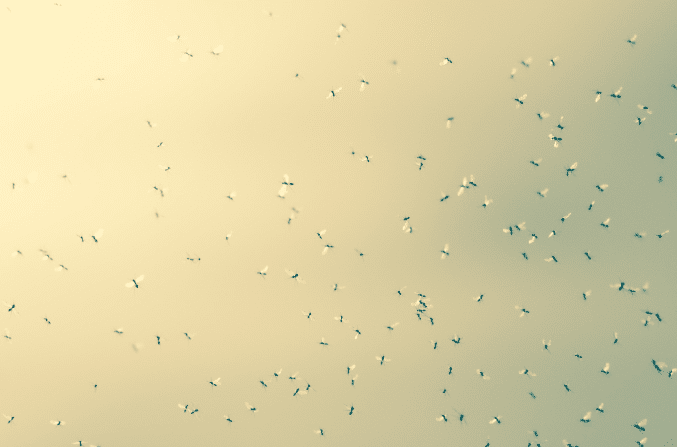The exact point when flies bother humans can be difficult to find. Usually, it depends on the person in question, when they start finding the flies buzzing around them to be a bother. For some a single fly is too much, and for others it takes a whole host of flies descending on their heads before they notice. But for animals such as cows and pigs we have the “Fluetalsskala” (Number of Flies Scale), which is used in Denmark to ensure a common understanding of, when flies turn into TOO many flies.
Having a lot of flies in the stable can lead to a loss in productivity
I 2021 DLG shared how a loss of productivity for milk cattle should be expected, if they are bothered by flies. When a cow or a calf is bothered by flies, they change behaviour and waste energy flicking their tails, shaking their heads, or rubbing against fixtures or rotating bristles. They lose eating time and it can have a negative impact on the milk production and the growth of the cattle. (DLG, 2021) But when do we decide that there are TOO many flies in a stable?
The Danish National Institute of Pest Control, which in 2007 became a part of the University of Aarhus (AU), and is now a part of AU Flakkebjerg, a part of DCA – Danish Centre for Food and Agriculture (Nielsen, 2015) made a scale for how to make a visual estimate of number of flies, giving us a tool to evaluate whether there are many or few flies in a stable.
Visual estimation scale for number of flies
| Number of flies per area unit | “Number of flies” | Description |
| 0-3 | 0 | No flies |
| 6-6 | 1 | Very few flies |
| 6-12 | 2 | Few flies |
| 12-25 | 3 | Some flies |
| 25-50 | 4 | Quite a few flies |
| 50-100 | 5 | Rather many flies |
| 100-200 | 6 | Lots of flies |
| over 200 | 7 | Whole lot of flies |
(Pedersen, 1985)
The scale is based on an estimate of an area in the stable. In a pig stable which has a farrowing house the area that makes up the farrowing part can be considered the area. In a piglet stable the estimate can be based on an area of about half of the pigs. (Pedersen, 1985)
The number of flies in the stable can be efficiently lowered by using predatory flies
Predatory flies have been used as a natural method for fly control in Denmark since the early 1990s and the number of flies estimation scale was used for the first time in 1994 to investigate the effect of predatory flies in pig stables. (Ambrosen & Jespersen, 1994)
Predatory flies can lower the number of flies from 4-5 to 1-2 in 10 weeks
In the research described in the article Predatory flies for controlling common house flies in pig stables,it was tested how predatory flies did in two pig stables with sectioned barns with full slatted floors and a slurry system.
The predatory flies outcompeted the house flies over the course of 10-20 weeks. The number of flies in one of the herds started out at level 4-5 (Quite a few flies/Rather many flies), in 10 weeks that dropped to level 1-2 meaning Very few flies/Few flies. After 30 weeks had passed the number of flies was down to level 0-1 meaning No flies/Very few flies. (Ambrosen & Jespersen, 1994)
Photo: Ante Hamersmit fra Unsplash
Sources
Ambrosen, Karsten og Jespersen, Jørgen (1994) Rovfluer til bekæmpelse af stuefluer i svinestalde. Meddelelse nr. 284. Landsudvalget for Svin, Videncenter for Svineproduktion, Den rullende afprøvning. Danske Slagterier
Andersen, Tina (2022) Fluer kan påvirke malkekvægsproduktion. Miljøfluens Vidensbank om Biologisk Fluebekæmpelse.
Andersen, Tina (2022) Gyllefluer er hverken genmanipulerede eller menneskeskabte. Miljøfluens Vidensbank om Biologisk Fluebekæmpelse.
DLG (2021) Fluer forårsager tabt produktion. Foder/Kvæg
Pedersen, Bjarne K. (1985) Glansstære til fluebekæmpelse. Meddelelse nr. 82. Landbrug & Fødevarer. Landsudvalget for Svin, Videncenter for Svineproduktion, Den rullende afprøvning.
Nielsen, Ghita Cordsen (2015) Statens Skadedyrslaboratorium. Den Store Danske. Lex.dk



